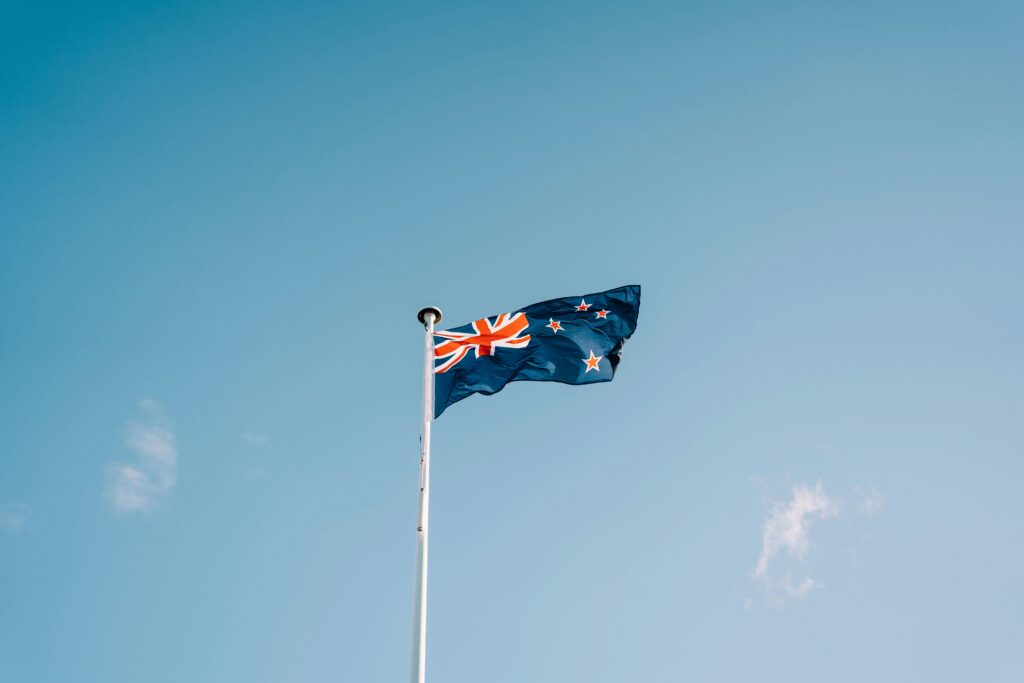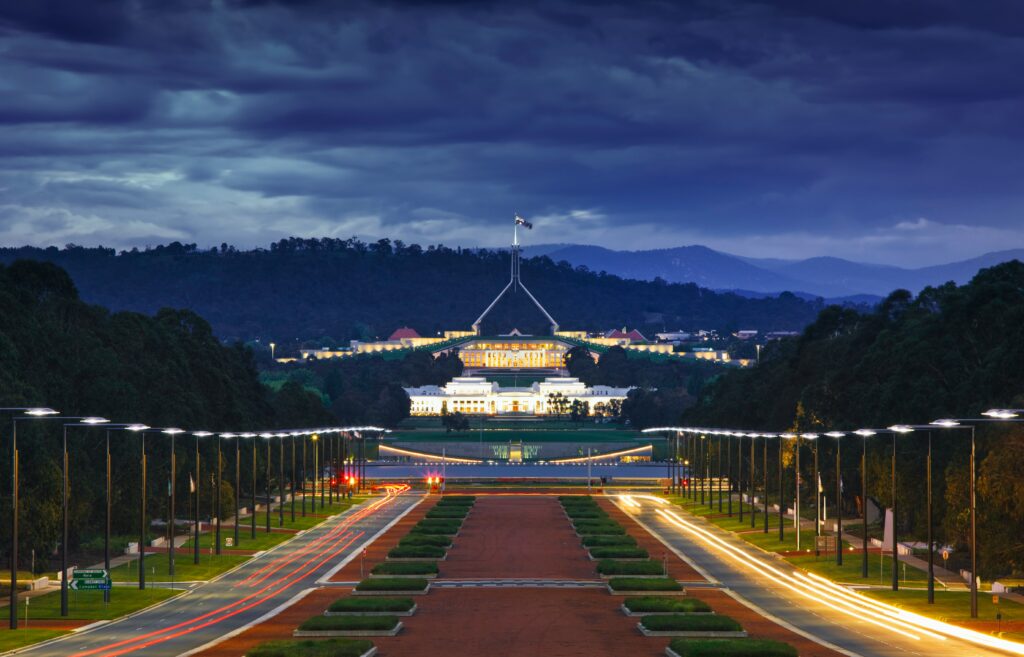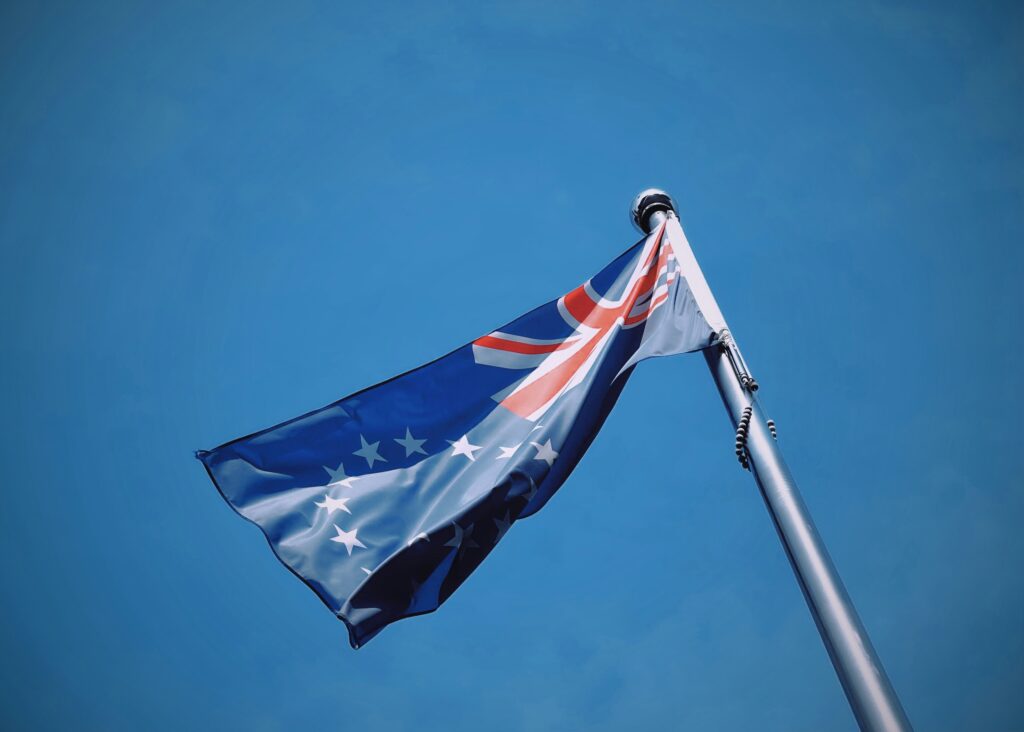The introduction of new U.S. tariffs marks a pivotal moment for Australian start-ups and scale-ups looking to expand or solidify their international footprint. These policy shifts not only introduce potential cost pressures but also disrupt established assumptions around market entry and cross-border supply chains into the USA. For high-growth businesses, particularly those with U.S. ambitions or dependencies, this is a signal to reassess go-to-market strategies with greater precision, ultimately looking at swifter access to friendlier markets such as the UK and Europe. Navigating this change isn’t just about mitigating risk—it’s about identifying where agility and informed decision-making can unlock competitive advantage. As always, we’re here to help you move forward with clarity and confidence.
The reintroduction of U.S. tariffs on Australian exports in early 2025 marks a clear turning point in what has long been a stable and mutually beneficial trade relationship. With a sweeping 10% blanket tariff and targeted 25% duties on steel and aluminium, these measures—introduced under former President Donald Trump—reflect a broader pivot towards protectionism in U.S. trade policy. While not aimed at Australia directly, the inclusion of a key ally in this tariff regime raises serious implications for Australian start-ups and scale-ups, especially those with exposure to or ambitions in the U.S. market. At a time when trade liberalisation has been central to Australia’s growth narrative, these changes demand a recalibrated approach to global expansion. This article unpacks the policy context, the practical risks, and—most importantly—what forward-thinking firms can do now to stay resilient, agile, and competitive.
Policy and Diplomatic Response
Prime Minister Anthony Albanese has publicly condemned the tariffs as “entirely unjustified” and has emphasised that retaliatory measures would be counterproductive. Instead, the Australian government has unveiled a five-point response strategy, focusing on:
- Market Diversification: Supporting exporters in identifying and expanding into alternative markets (e.g., ASEAN, UK, India).
- Targeted Financial Support: Allocating AUD 50 million to assist affected exporters in restructuring logistics and marketing strategies.
- Investment Missions: Launching trade delegations to Europe, Southeast Asia, and the Middle East to cultivate new commercial relationships.
- WTO Resolution: Exploring legal recourse under World Trade Organization frameworks to challenge the legality of the tariffs.
- Industry Collaboration: Coordinating with peak industry bodies to manage sector-specific disruptions.
Opposition leaders and industry groups, such as the Australian Industry Group (Ai Group), have criticised the government’s reactive approach, calling instead for more proactive bilateral negotiations and security-linked exemptions.
Strategic Implications for International Expansion
For Australian start-ups and scale-ups eyeing global growth, the recent U.S. tariffs serve as a timely reminder of key strategic imperatives. Diversifying export markets is crucial to reduce over-reliance on any single economy, with agreements like the CPTPP, UK-Australia FTA, and IA-ECTA offering more stable alternatives. Geopolitical awareness is now a business essential—keeping a close watch on global trade dynamics can help leaders anticipate and respond to shifts before they escalate. Building supply chain flexibility, such as through third-country processing, can reduce tariff exposure, while adopting e-commerce and direct-to-consumer models may offer more agile routes to market. Finally, investing in brand strength and value-added differentiation helps ensure products remain competitive—even when costs rise.
Sectoral Impact Analysis
A clear understanding of sector-specific impacts is essential for informed, strategic decision-making in today’s shifting trade environment. The recent U.S. tariffs will not affect all industries equally—exposure levels, supply chain structures, and value differentiation vary widely across sectors. Our sectoral impact analysis provides a focused lens on where Australian start-ups and scale-ups are most at risk, where resilience already exists, and where opportunities may emerge. By identifying these nuances early, firms can prioritise their response, allocate resources effectively, and move forward with confidence—grounded in insight, not assumption.
Steel and Aluminium: The 25% tariff makes Australian steel and aluminium exports less competitive in the U.S. market, forcing producers, particularly in Western Australia and New South Wales, to scale back U.S. operations or redirect shipments to Asia or the EU. This disrupts established trans-Pacific supply chains, particularly in construction and automotive manufacturing.
Agriculture and Livestock: Beef and sheepmeat producers face significant market share losses, while other agricultural exports like dairy, wheat, canola, and wool may be affected by disrupted logistics or retaliatory sentiment. With dairy exports to the U.S. surpassing AUD 500 million in 2024, even minor tariffs could reduce returns. Additionally, Australia’s growing horticulture sector, particularly citrus, almonds, and macadamia nuts, may see lower demand in the U.S. due to their premium positioning and competition from domestic producers.
Wine and Beverages: Australian wine, long positioned as a competitive alternative to Californian and South American varieties, will struggle to maintain volume exports amidst the 10% levy. Craft beverages—including gin, whisky, and non-alcoholic drinks—are also emerging export verticals that may face setbacks due to decreased importer willingness to absorb higher costs. Many small producers, reliant on niche placements in U.S. boutique markets, may find these doors closing.
Education and Professional Services: Australia’s education sector, while not directly tariffed, faces indirect risks from strained U.S. relations, potentially reducing academic exchange and U.S. student enrolments. Similarly, professional services like legal, accounting, and engineering consultancies could encounter increased scrutiny or barriers due to “Buy American” and localisation clauses in trade reforms.
Technology and Advanced Manufacturing: Australia’s small but growing cohort of tech exporters—particularly in medtech, clean energy, and AI-driven platforms—may encounter increased regulatory hurdles or procurement barriers in the U.S. Public sector contracts in areas like defence or infrastructure (where Australian firms are minor partners) may be restructured to prioritise U.S. suppliers.
Further, Australia’s advanced manufacturing sector, including defence hardware, avionics, and precision instruments, risks losing competitive standing where even minor cost increases via tariffs create procurement risk for U.S. buyers.
Renewable Energy and Critical Minerals: Australia is a globally significant exporter of lithium, rare earth elements, and cobalt—critical inputs for renewable energy storage and electric vehicle (EV) production. While these are not yet subject to punitive tariffs, the current protectionist climate raises the risk of future restrictions. In turn, this could incentivise onshore processing investments in Australia, but also diminish short-term competitiveness in the U.S. market.
Tourism and Cultural Exports: Though not goods-based, the tourism sector could experience indirect impacts. Heightened diplomatic tension may influence traveller sentiment. Furthermore, cultural exports—such as media, digital entertainment, art, and design—may suffer under broader nationalist sentiment or underappreciation in U.S. licensing and distribution markets.
Health and Pharmaceuticals: Australian pharmaceutical exports, especially generic drugs and specialised therapeutic goods, could face pricing pressures. Though typically governed by separate regulatory regimes, tariffs can indirectly affect access, licensing costs, and supply chains—particularly when integrated with U.S. packaging, labelling, or clinical testing stages.
So, Where to Look?
In light of the recent escalation in U.S. protectionism, the United Kingdom and broader European Union have emerged as increasingly strategic destinations for Australian firms seeking stable and diversified international growth. Both regions offer distinct advantages that mitigate the risks associated with over-reliance on the U.S. market.
Following the ratification of the UK-Australia Free Trade Agreement (UKAFTA) in 2023, Australian exporters have enjoyed enhanced access to British markets, with reduced tariffs on goods such as beef, lamb, wine, and sugar, as well as greater labour mobility provisions for services and skilled professionals. This agreement has not only strengthened bilateral trade but has also enabled SMEs and agribusinesses to tap into consumer segments with a strong appreciation for high-quality, sustainably sourced Australian products.
The European Union, through the pending EU-Australia Free Trade Agreement, represents a vast and affluent consumer market of over 440 million people. Even in the absence of a finalised agreement, many Australian sectors—particularly renewable energy, fintech, precision agriculture, and healthtech—have found fertile ground in EU markets that value innovation, ethical supply chains, and environmental credentials.
Moreover, political stability, regulatory transparency, and a shared commitment to multilateralism enhance Europe’s attractiveness in contrast to the unpredictable nature of U.S. trade policy. For Australian businesses looking to expand internationally, the UK and Europe provide not just economic opportunity but also a platform for strategic resilience, enabling long-term planning and investment without the spectre of abrupt policy reversals or tariff shocks.
When discussing international expansion strategies for Australian businesses, Derrick Lobban, General Manager at Bridgehead ANZ explained that “expanding internationally is a bold move — and for Australian firms with global ambitions, the UK and Europe present a compelling launchpad. At Bridgehead, we turn international ambition into actionable strategy; We see this region not just as a market, but as a strategic springboard. The UK offers familiar rules of play, shared language, and deep-rooted business ties with Australia, easing the path to international growth. Europe, not just the EU, is a diverse and innovation-rich landscape, opening doors to 700 million consumers across multiple dynamic economies. From tech to health, and consumer to B2B, the opportunity to scale, partner and build a sustainable presence is vast. With access to world-class infrastructure, skilled talent, and a strong appetite for international innovation, the region is perfectly placed for ambitious Australian firms.”
Strategies for Australian Businesses Expanding Internationally
The current trade environment underscores the need for Australian businesses to adopt strategic measures to mitigate risks and capitalise on opportunities:
Market Diversification: Reducing reliance on a single market is crucial. Exploring and establishing trade relationships with multiple countries can mitigate risks associated with sudden policy changes.
Understanding Trade Policies: Staying informed about the trade policies and political climates of target markets is essential to anticipate and navigate potential barriers.
Advocacy and Representation: Engaging with industry groups and government bodies can amplify concerns and facilitate negotiations in the face of adverse trade measures.
Supply Chain Resilience: Building flexible and resilient supply chains can help firms adapt to disruptions caused by tariffs or other trade barriers.
Leveraging Government Support: Utilising government initiatives, such as financial assistance and trade missions, can aid in accessing new markets and resources.
The recent U.S. tariff measures against Australian exports highlight the fragility of international trade relations in an increasingly protectionist global landscape. For Australian businesses with international aspirations, these developments present both challenges and catalysts for innovation. By adopting diversified market strategies, enhancing geopolitical awareness, and reinforcing value propositions, Australian exporters can not only mitigate the short-term impacts of tariffs but also position themselves for long-term global competitiveness.
If you need any help and support in growing your business, contact us.






